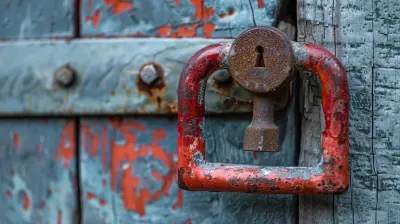The Role of Social Media in Crisis Communication
16 August 2025
Let’s be honest—when things hit the fan, the first place most of us turn to is social media. Whether we’re looking for updates during a natural disaster, checking on loved ones, or seeing how a company handles a PR nightmare, platforms like Twitter (now X), Facebook, Instagram, and even TikTok have become central hubs for real-time communication.
But how exactly did social media become such a vital part of crisis communication? More importantly, how can businesses and organizations use it effectively when everything’s falling apart?
Strap in, grab a coffee, and let’s break it down together.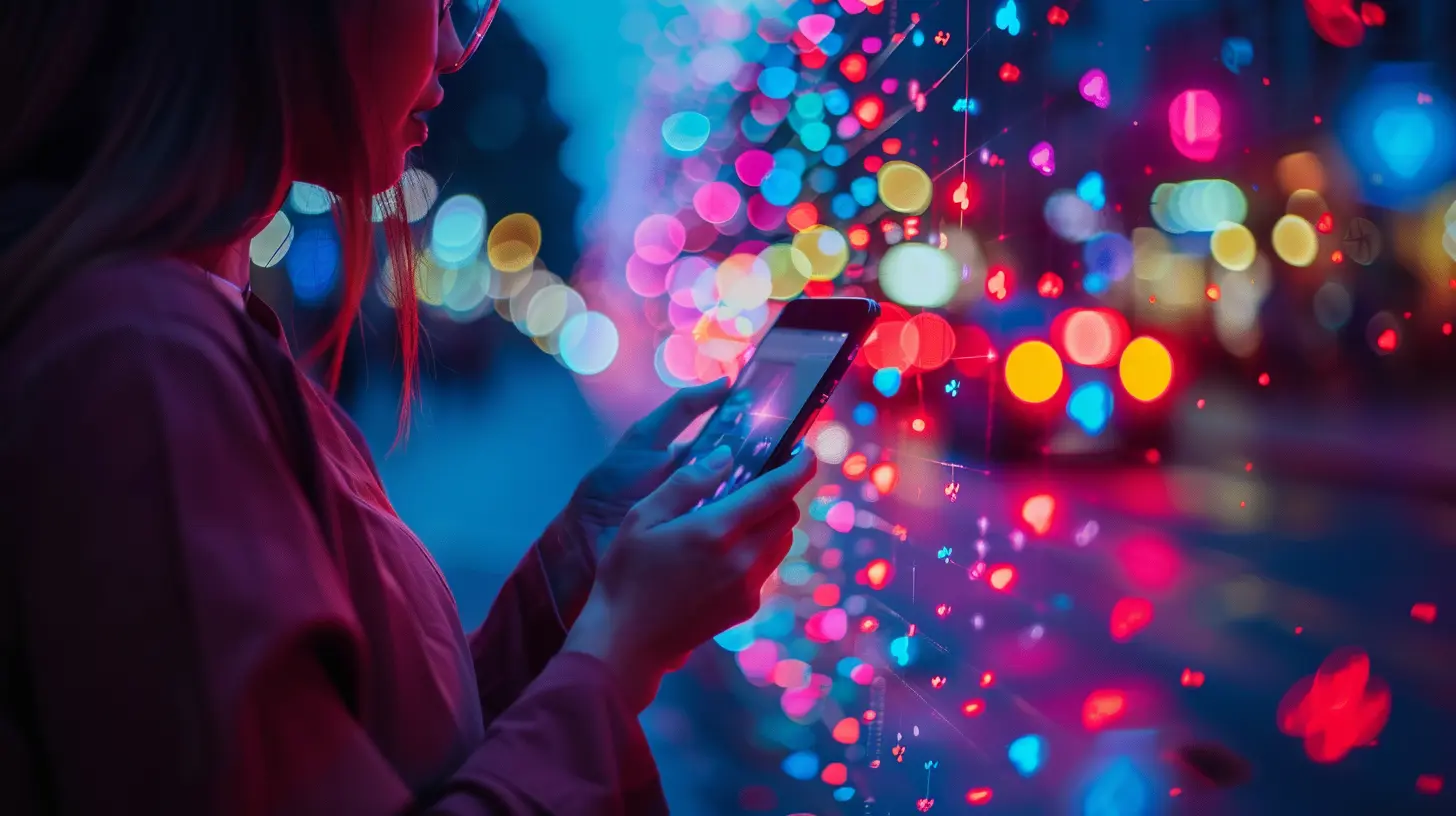
What Is Crisis Communication, Anyway?
Before we dive into the social media side of things, let’s get a clear picture of what crisis communication actually means.In simple terms, crisis communication is how a business, organization, or individual reacts to an unexpected event—especially one that could damage reputation, operations, or public trust. Whether it's a product recall, a cyberattack, political unrest, or a natural disaster, the goal is the same: to deliver accurate, timely, and transparent information to the public.
It’s kind of like damage control, but with a heavy dose of empathy and responsibility. And now, social media plays a starring role in that process.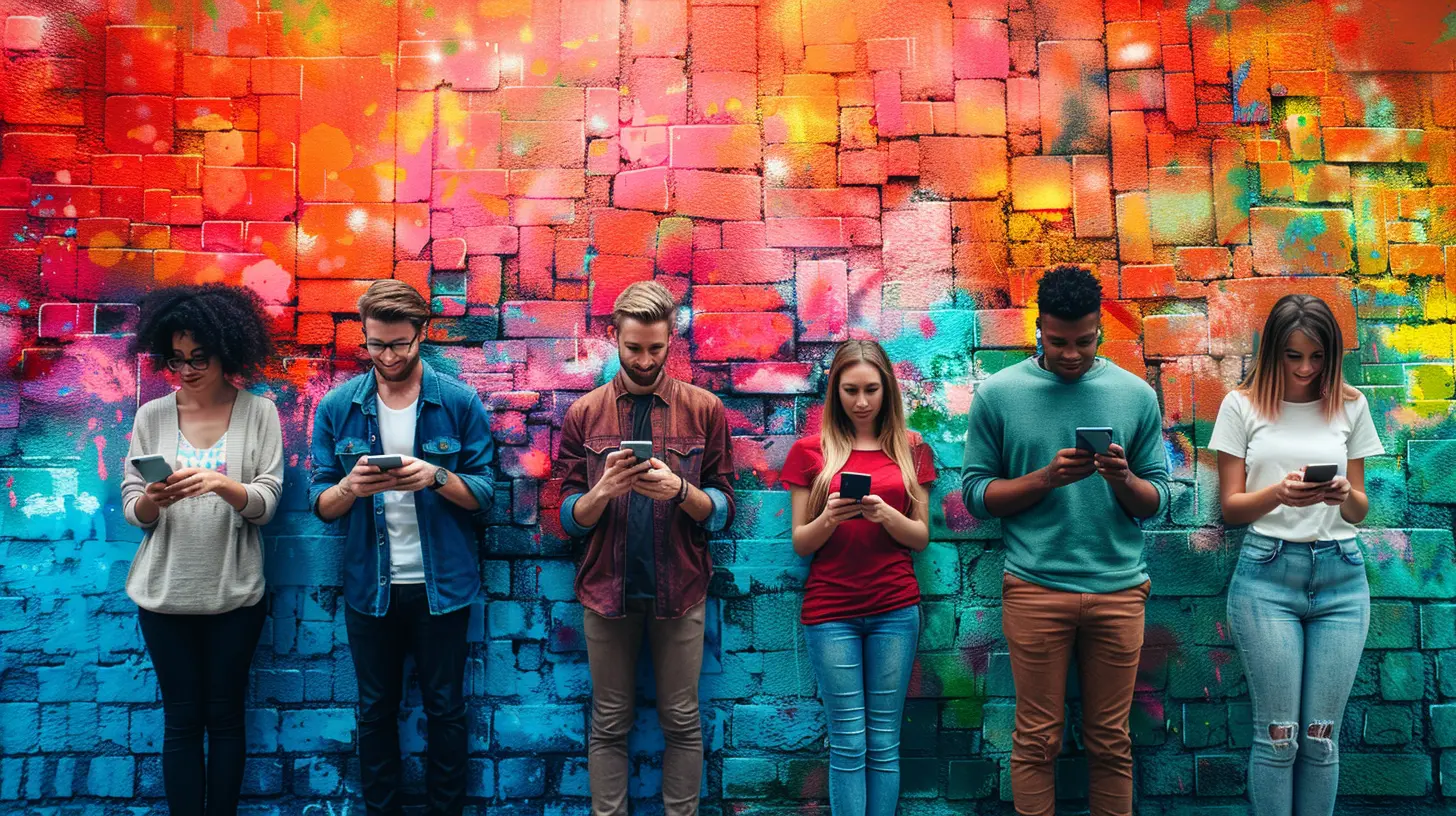
Why Social Media Has Changed the Crisis Communication Game
Let’s rewind a couple of decades. Back in the day, crisis communication mostly happened through press releases, TV, radio, or newspapers. These were slow, one-way communication methods, and honestly, pretty limited.Enter social media.
Now, with a single tweet or Instagram story, information can reach millions within seconds. That speed? It’s a double-edged sword. Social media can amplify your message—but it can also instantly spread misinformation or magnify a mistake.
So, why is social media so critical in a crisis?
1. Instant Updates
No one wants to wait hours for a press release when something serious is happening. Social media lets organizations provide fast, real-time updates. A post in the heat of the moment can mean the difference between confusion and calm.2. Two-Way Communication
Unlike traditional media, social platforms are a two-way street. Companies can listen to public sentiment, answer questions, and address concerns—instantly. That feedback loop helps clarify misunderstandings and reconnect with affected audiences.3. Humanizing the Brand
Let’s face it: in a crisis, people don’t want corporate jargon. They want honesty, warmth, and compassion. Social media gives businesses a chance to show their human side and build trust—with emojis, video messages, behind-the-scenes content, and genuine engagement.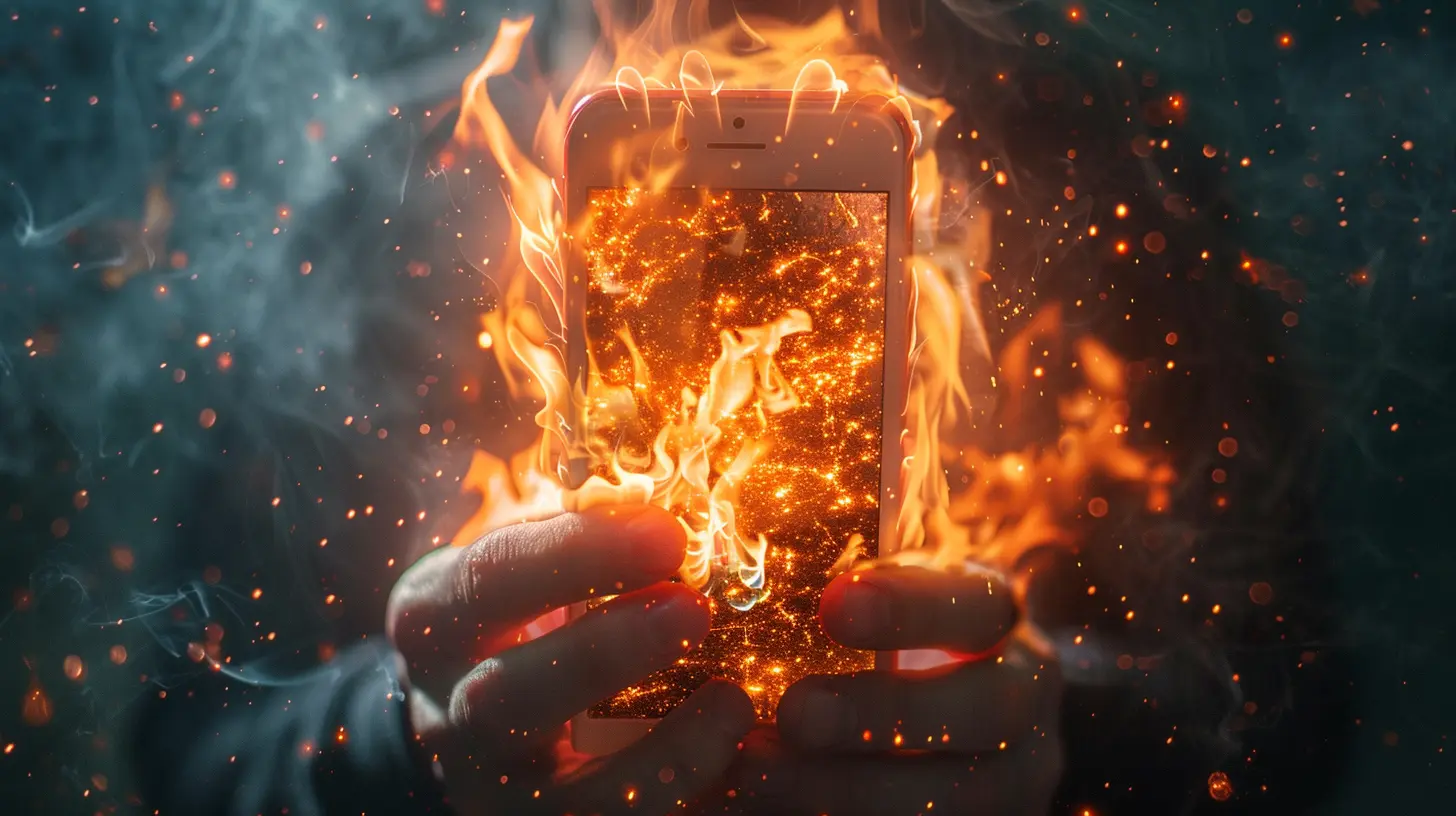
The Dos and Don’ts of Social Media in a Crisis
Okay, so we’ve established that social media is a game-changer. But how do you navigate it without making the situation worse?✅ DO: Have a Crisis Plan Ready
Think of a crisis plan as your emergency toolkit. You wouldn’t wait for a storm to hit before buying batteries, right? Same idea here. Prepare a social media crisis communication plan that includes:- Pre-approved messaging templates
- Emergency contact lists
- Assignments for who manages posts, responses, and media outreach
- Escalation procedures
Having a roadmap saves time—and your sanity.
❌ DON’T: Go Silent
Silence is not golden in a crisis. In fact, it can be dangerous. When people see that an organization is staying quiet, they may assume the worst. Even if you don’t have all the answers yet, acknowledge the situation and promise to provide updates.Transparency breeds trust.
✅ DO: Monitor Social Media Closely
Think of social media monitoring like radar during a storm. You can detect mentions, hashtags, and reactions in real-time. Tools like Hootsuite, Sprout Social, or even native Twitter/X search can help you gauge how people are feeling and what false info might be spreading.❌ DON’T: Get Defensive or Argumentative
It’s tempting to clap back at negative comments or trolls. But in a crisis, professionalism and empathy must win. A calm, understanding tone goes a lot further than sarcasm. Remember, people are scared and confused—they’re not always thinking clearly.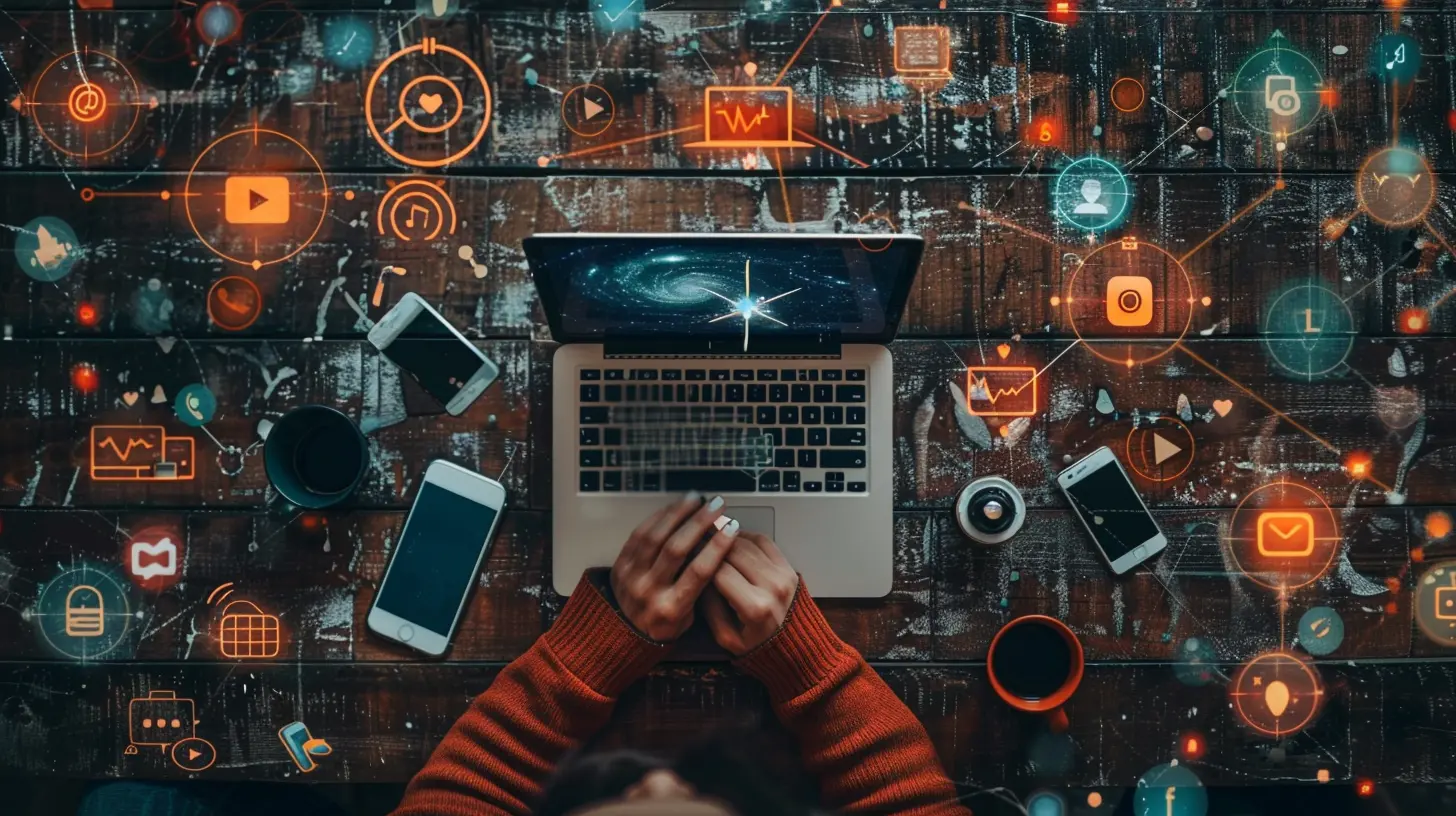
Social Media in Different Types of Crises
Every crisis is unique, but social media adapts to all sorts of situations. Here's how it plays a role across some common types of crises:🌪 Natural Disasters
Ever noticed how Twitter/X acts almost like a public emergency alert system during hurricanes, earthquakes, or wildfires?Organizations like FEMA or the Red Cross post updates, safety tips, and shelter locations. Local governments also use social media to provide real-time evacuation notices and assistance resources.
The public, in turn, shares photos, videos, and requests for help. Hashtags like #HurricaneHelp or #WildfireEvacuations become lifelines.
🛠 Product Recalls or Technical Failures
Let’s say a tech company releases a flawed smartphone model. If they’re proactive and transparent on social media—acknowledging the issue and offering support—they can avoid a total PR catastrophe.Case in point: Tesla and Apple have faced plenty of recalls and glitches, but they keep the public looped in through consistent social posts and videos.
🔐 Cybersecurity Breaches
When customer data is compromised, people want answers—fast.Social media is often one of the first communication channels used to reassure users, explain next steps, and share preventative tips. Speed, clarity, and honesty are everything here.
🧑💼 Leadership Scandals or Internal Misconduct
Corporate leaders behaving badly? It happens more often than we’d like. In these delicate situations, social media helps companies show accountability. Statements from leadership, apology videos, and open Q&A sessions on platforms like LinkedIn or Twitter/X can help regain some public confidence.Real-World Examples That Say It All
Let’s take a look at a few key moments when social media played a heroic (or not-so-heroic) role in crisis communication.🏆 Best Practice: Airbnb During COVID-19
Remember when COVID upended the travel industry? Airbnb was quick to adjust their messaging. They used social media to roll out flexible cancellation policies, introduced safety protocols, and showcased messages from their CEO directly addressing hosts and guests.They turned a chaotic time into a brand-building moment by showing empathy, support, and adaptability.
❌ Worst Practice: United Airlines PR Nightmare
In 2017, United Airlines forcibly dragged a passenger off an overbooked flight. Video footage went viral, and the company's delayed, tone-deaf response on Twitter only added fuel to the fire.Instead of calming the storm, their social media blunder created a bigger crisis—showing how important tone and timing are.
Social Media Listening: Your Crystal Ball
Wouldn’t it be great if you could see a crisis coming before it explodes?Well, social media listening tools come pretty close.
By tracking brand mentions, keywords, sentiment, and emerging trends, businesses can spot potential crises brewing. Maybe it’s a spike in complaints. Or a viral tweet criticizing your service. These tools help you leap into action before things spiral out of control.
Top tools to consider:
- Brandwatch
- Sprout Social
- Mention
- BuzzSumo
- Talkwalker
How to Rebuild Trust After the Storm
Even after the crisis dies down, your work isn't over. Social media plays a huge role in post-crisis recovery and reputation rebuilding.Here’s how to use it wisely:
- Be Honest About What Happened: Own your mistakes. People respect vulnerability.
- Show What You’ve Fixed: Highlight the steps you're taking to prevent a repeat.
- Engage With Your Community: Respond to feedback. Share behind-the-scenes content. Celebrate recovery milestones.
- Post Positive Stories: Share testimonials, employee wins, customer shout-outs to steer the conversation positively.
Think of this phase as the rebuilding after a storm. You’re not just repairing the house—you’re reinforcing it to weather the next one.
Final Thoughts: Social Media Is Your Lifeline in a Crisis
Look, no one wants to go through a crisis. But if there’s anything you should take away from this article, it’s this: how you show up on social media during a crisis can make or break your reputation.Social media is more than a marketing tool—it’s your direct line to your customers, your community, and the world. Treat it with care. Plan ahead. Stay genuine.
And when chaos strikes, lead with empathy, clarity, and transparency. Because in the end, people won’t remember the crisis as much as they’ll remember how you responded to it.
all images in this post were generated using AI tools
Category:
Social Media MarketingAuthor:

Baylor McFarlin
Discussion
rate this article
1 comments
Jax McMeekin
Thank you for this insightful article! Social media truly plays a pivotal role in crisis communication, offering real-time engagement and transparency. It's fascinating to see how businesses can effectively connect and support their audiences during challenging times.
August 31, 2025 at 3:55 AM

Baylor McFarlin
Thank you for your kind words! I'm glad you found the article insightful. Social media's impact on crisis communication is indeed remarkable.

